

Ben Zachariah
2026 Toyota HiLux review: Quick drive
3 Days Ago
The Range Rover was a trail blazer, a game-changer, for the luxury carmakers of the world. Here's why.

Contributor
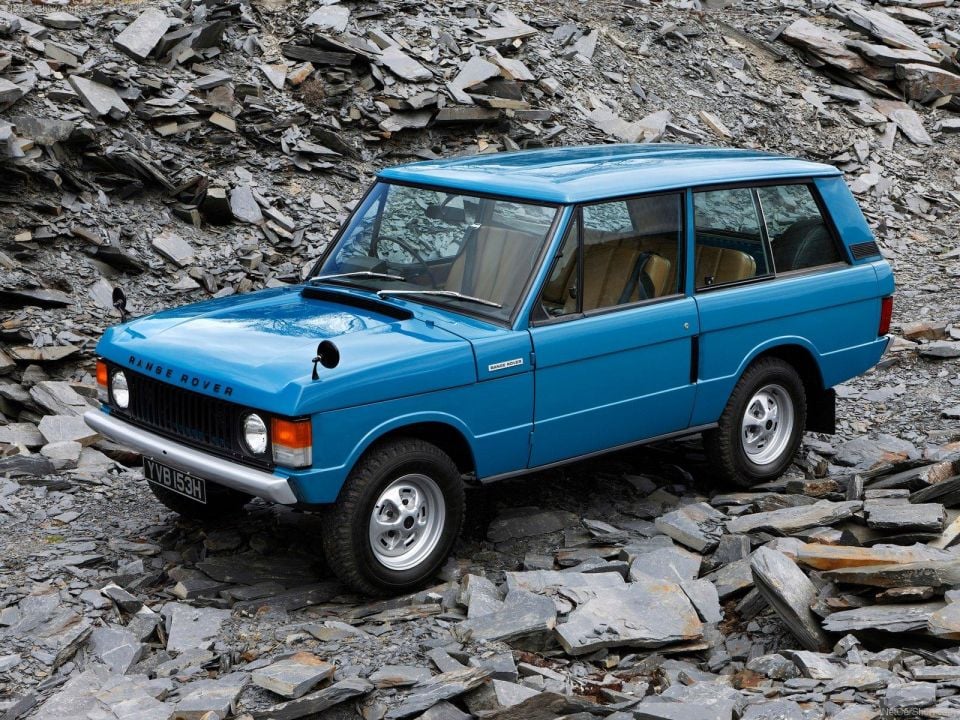

Contributor
Sports Utility Vehicle. The Range Rover invented, and remains an integral part of, the luxury SUV world.
Today, Range Rover serves as Land Rover’s premium brand, and rather than a single model offers a portfolio of variants in the Evoque, Velar, Sport, and ‘proper’ Range Rover that embody the premium SUV ethos in a range of different sizes.
The full-size variant remains the archetypal Range Rover and a class benchmark. Although each generation has brought about its own improvements, the first generation Range Rover is notable not only for its technical advances, but also for its unmistakeable look.
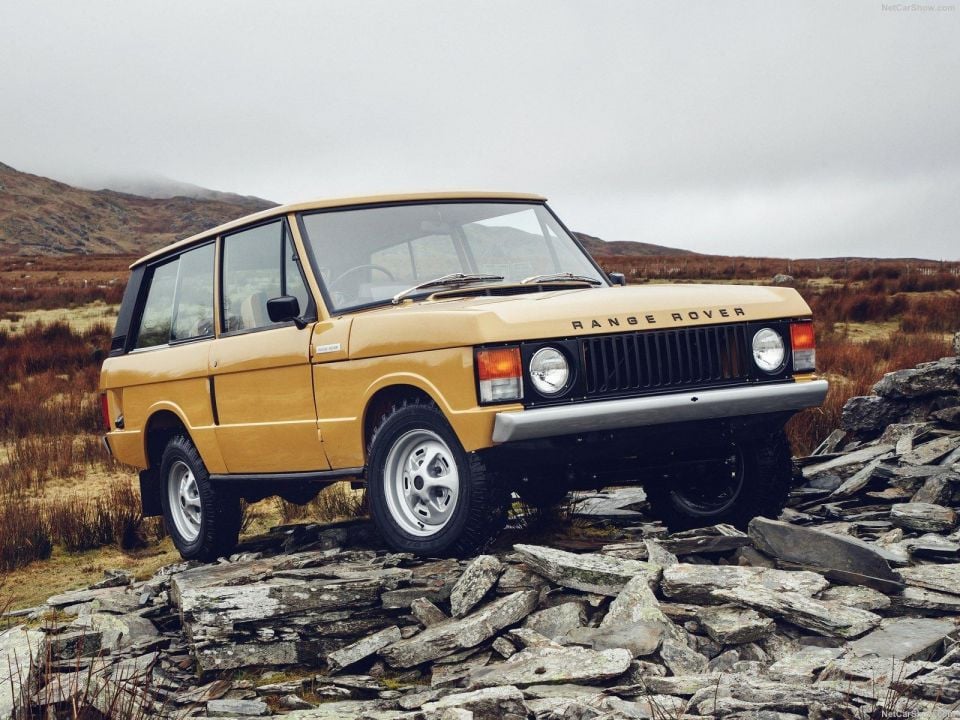
At market launch in 1970, the Range Rover hardly faced any direct competition from what customers would now call SUVs, defining that class instead.
The general public at this time were accustomed to more agricultural 4×4 vehicles such as Toyota’s LandCruiser, the classic Land Rover, CJ and Wagoneer Jeeps, and the Ford Bronco, all of which were great off-road but compromised on it.
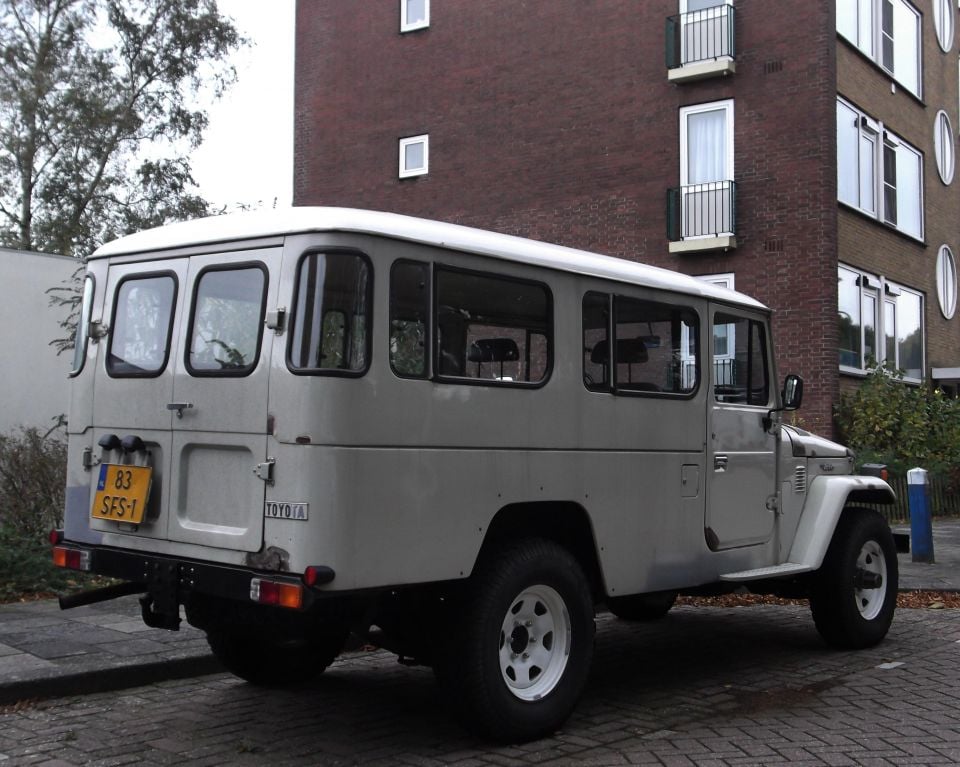
The vehicles described above all shared a design philosophy whereby they were styled as a traditional station wagon (estate car) first, then given long-travel suspension to raise the ride height and provide off-road capability.
This is evident even through some of the model names of the vehicles above, with longer wheelbase versions of the J40 Land Cruiser being known as the ‘LandCruiser Station Wagon’, and the roots of the model designation ‘Wagoneer’ being obvious.
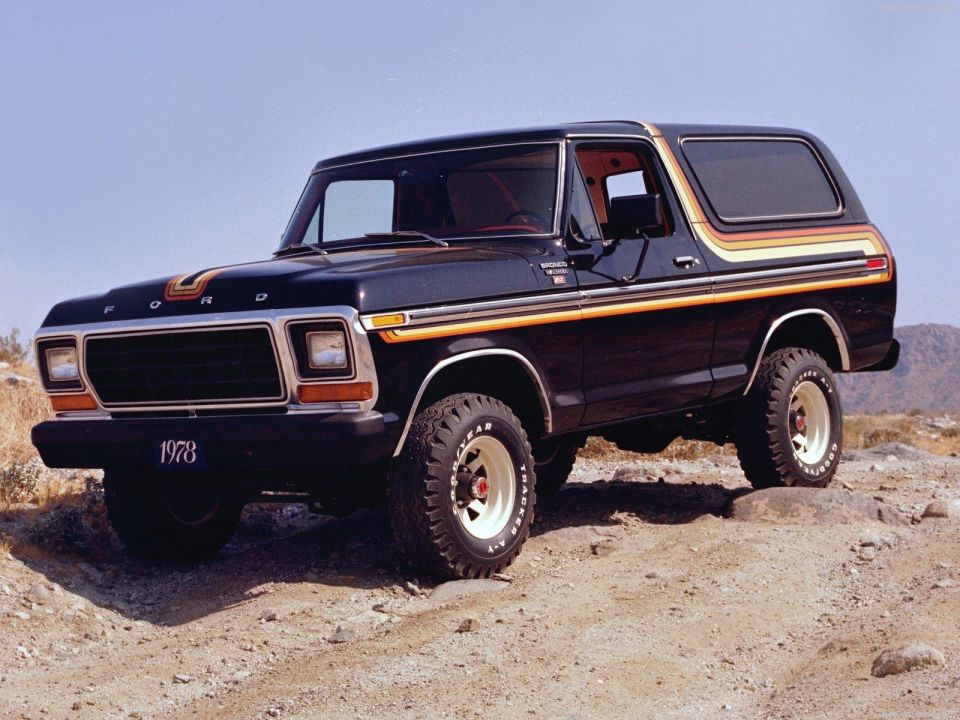
The Range Rover was the first vehicle to change tack with its design approach, and be designed as a modern, high-riding vehicle from the outset rather than looking like a bus or station wagon on stilts.
Replacing the curvaceous style of the ’60s, its angular, geometric design was all the rage in the 1970s and ’80s but relied on perfect proportions to make an attractive vehicle.

The Range Rover did this to great effect. Its short front and upward sloping rear overhang, large wrap-around glass house, and broad shoulders with strong, wide pillars gave the car a look that’s instantly recognisable, one which worked with three or five-door bodies.
The lack of unnecessary ornamentation or fripperies along the side profile further helped to ensure the design focus remained on giving the car an ideal stance, and helped create a timeless design that looks modern even today.
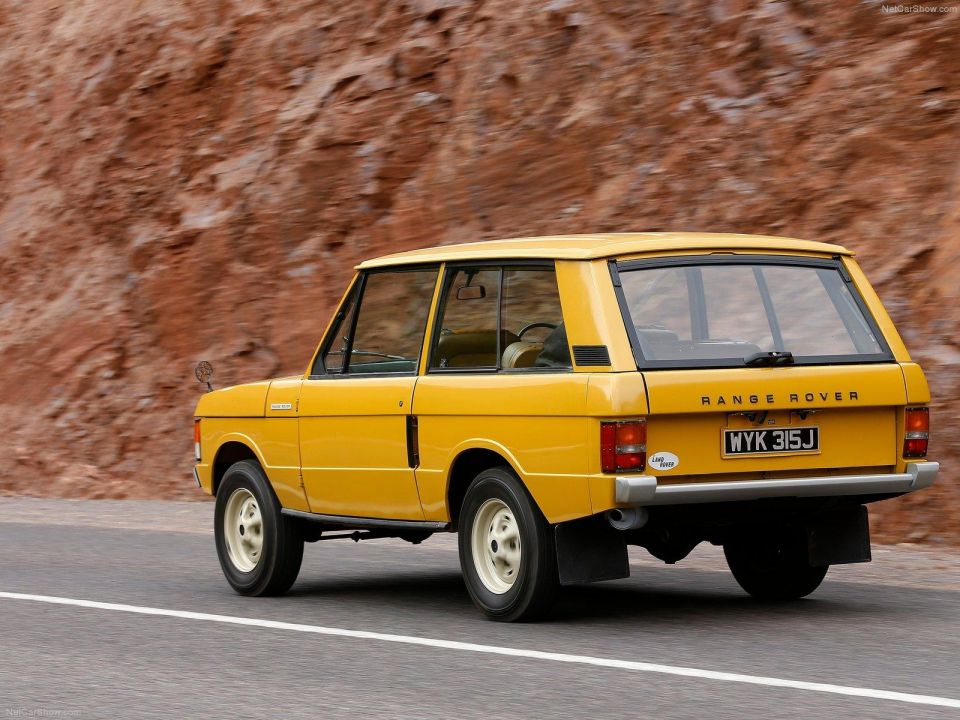
Alongside an iconic design, the Range Rover brought numerous technical innovations to the 4×4 segment to deliver on the promise of on-road comfort and off-road capability.
Obvious now but more notable back then, one was a permanent four-wheel drive system which was lacking in the stillborn Road Rover concept preceding it.
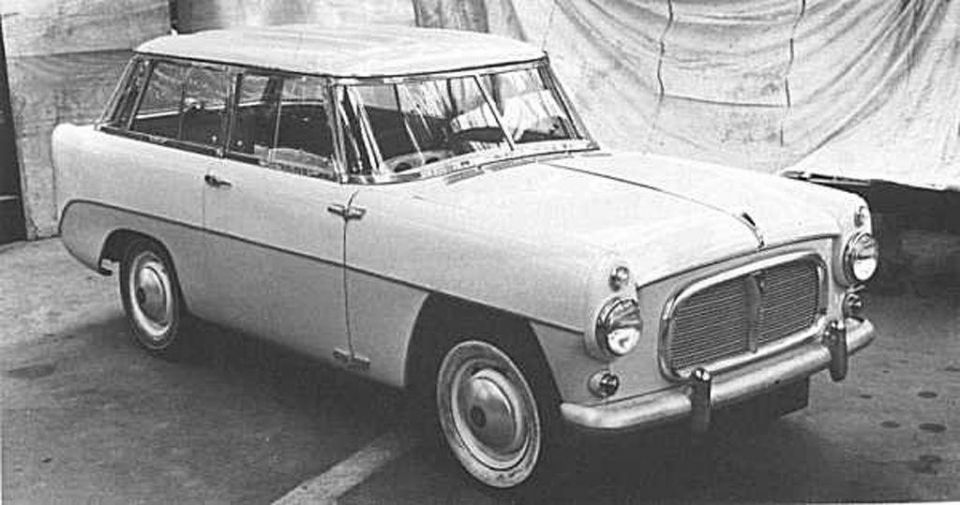
The system provided grip on all surfaces, rather than needing to be disabled on bitumen like many of the four-wheel drives on sale at the time (and even in 2021).
The drivetrain was paired with a General Motors-sourced aluminium V8 engine that provided ample torque, mated with a four-speed manual. Whilst this was par for the course, what was laudable was the inclusion of all-round disc brakes, rare for any 4×4 vehicle at the time.
Other technologies were gradually added as the first Range Rover progressed through its 24 year production run. This included being the first SUV fitted with an ABS system that worked off-road and on bitumen in 1989, and becoming the first fitted with an electronic traction control (ETC) system in 1992.
This system operated only on the rear axle, and worked in conjunction with ABS to prevent the wheels from locking up. The vehicle’s ECU was able to read data from wheel speed sensors, and if any irregularity was detected it could pulse the brake valves to prevent the wheels from skidding.
With its practicality and prowess on and off the road, the original Range Rover proved it delivered on the ‘Utility’ aspect of being an SUV. Motorsport success, however, was one way that it could also demonstrate its capability with the ‘Sport’ in SUV.
Perhaps the Range Rover’s most significant achievement was being the winning car in the inaugural Paris-Dakar rally in 1979.
With a field of 182 competitors (comprising 12 trucks, 80 cars and 90 motorcycles) racing 10,000 km over three weeks, French driver Alain Génestier came in fourth place overall, finishing ahead of a Renault 4.

Other achievements included class victory in the 1977 London-Sydney Marathon, one of the lengthiest car rallies ever conducted.

Where expert car reviews meet expert car buying – CarExpert gives you trusted advice, personalised service and real savings on your next new car.


Ben Zachariah
3 Days Ago
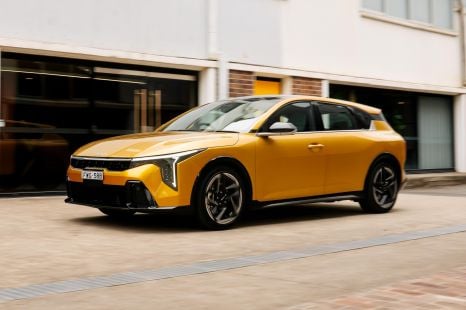

James Wong
2 Days Ago
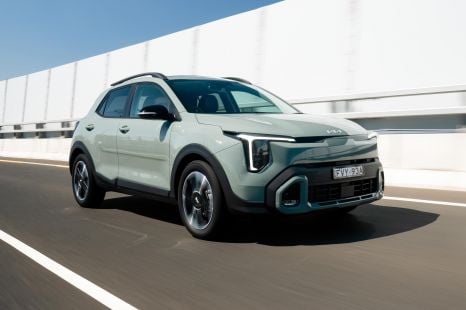

James Wong
2 Days Ago
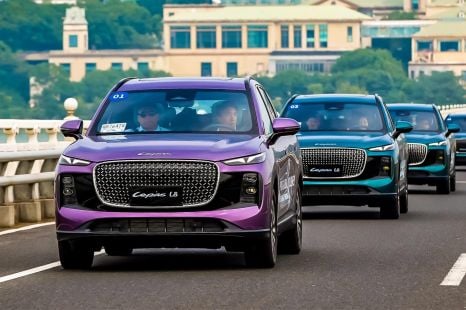

Andrew Maclean
2 Days Ago
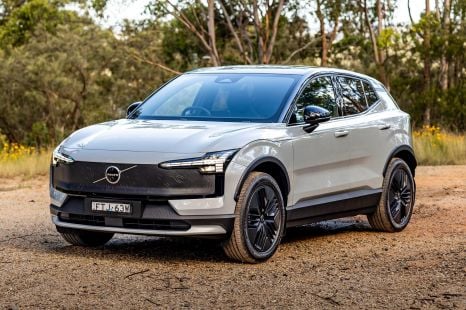

Matt Campbell
1 Day Ago
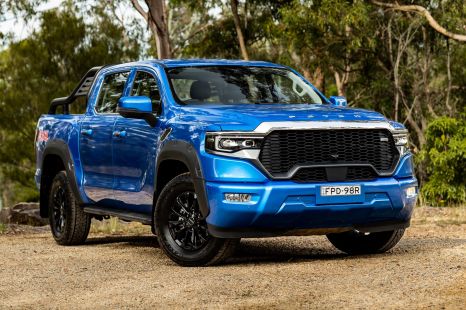

Matt Campbell
5 Hours Ago